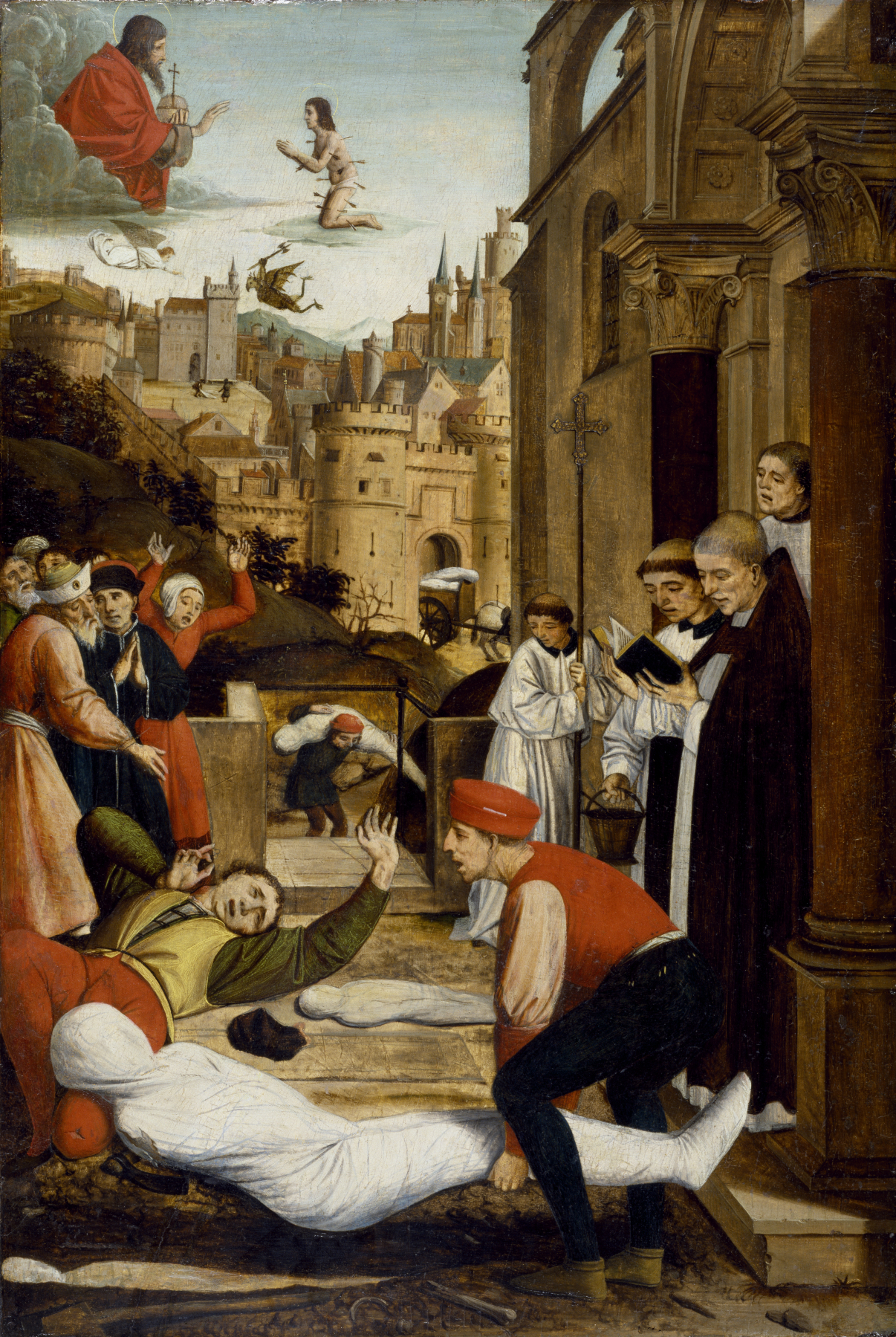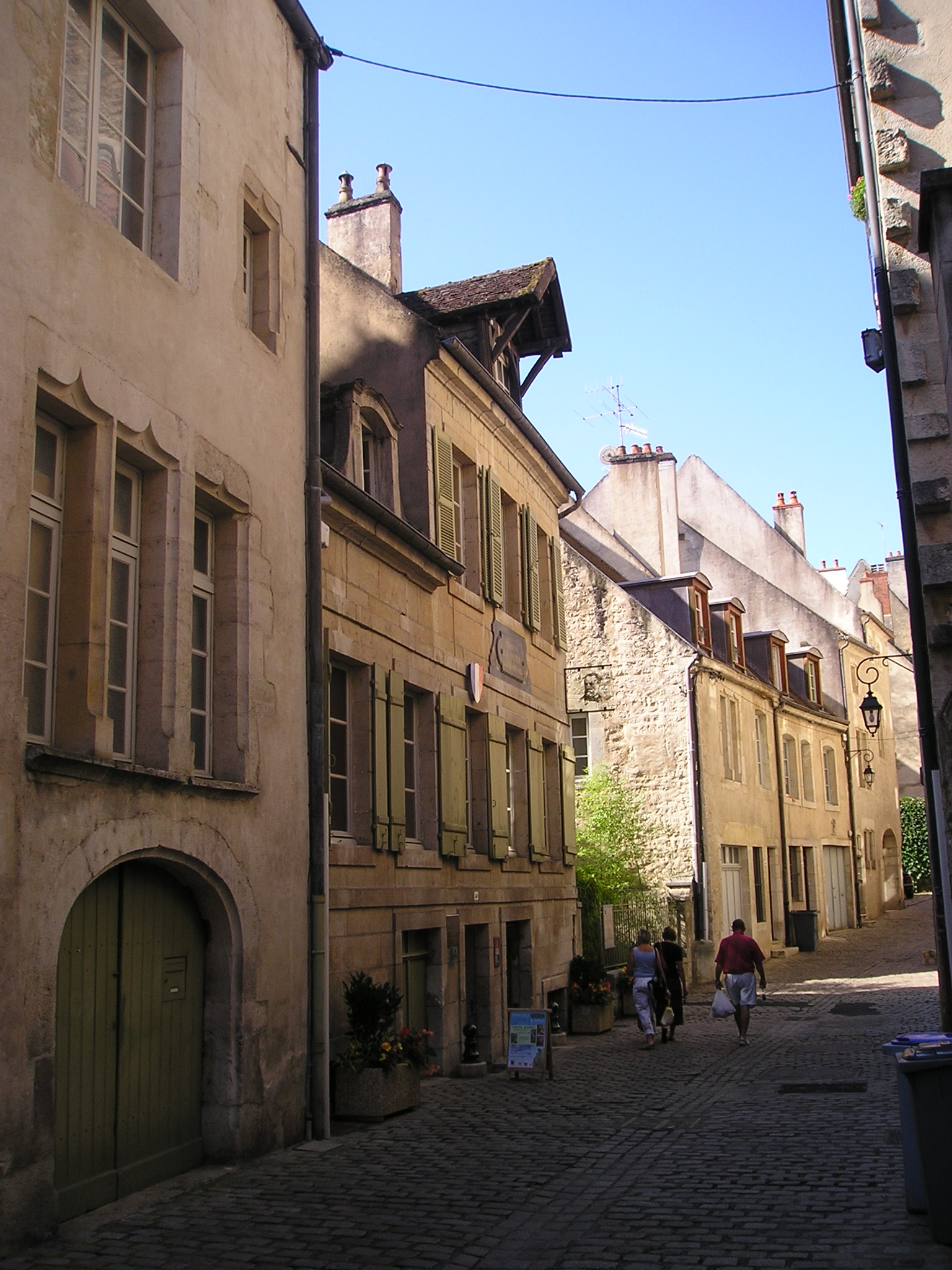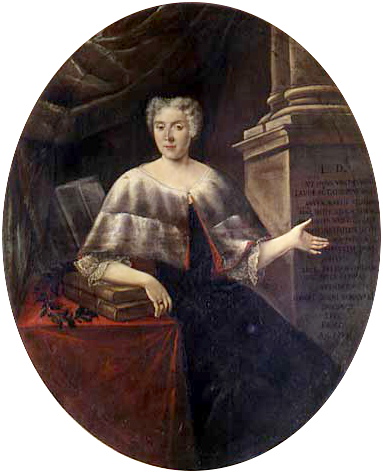|
Spallanzani
Lazzaro Spallanzani (; 12 January 1729 – 11 February 1799) was an Italian Catholic priest (for which he was nicknamed Abbé Spallanzani), biologist and physiologist who made important contributions to the experimental study of bodily functions, animal reproduction, and animal echolocation. His research on biogenesis paved the way for the downfall of the theory of spontaneous generation, a prevailing idea at the time that organisms develop from inanimate matters, though the final death blow to the idea was dealt by French scientist Louis Pasteur a century later. His most important works were summed up in his book ''Expériences pour servir a l'histoire de la génération des animaux et des plantes'' (''Experiences to Serve to the History of the Generation of Animals and Plants''), published in 1785. Among his contributions were experimental demonstrations of fertilisation between ova and spermatozoa, and ''in vitro'' fertilisation''.'' Biography Spallanzani was born in S ... [...More Info...] [...Related Items...] OR: [Wikipedia] [Google] [Baidu] |
University Of Pavia
The University of Pavia (, UNIPV or ''Università di Pavia''; ) is a university located in Pavia, Lombardy, Italy. There was evidence of teaching as early as 1361, making it one of the List of oldest universities in continuous operation, oldest universities in the world. It was the sole university in Milan and the greater Lombardy region until the end of the 19th century. In 2022, the university was recognized by the Times Higher Education World University Rankings, Times Higher Education among the top 10 in Italy and among the 300 best in the world. Currently, it has 18 departments and 9 faculties. It does not have a main campus; its buildings and facilities are scattered around the city, which is in turn called "a city campus". The university caters to more than 20,000 students who come from Italy and all over the world. The university offers more than 80 undergraduate programs; over 40 master programs, and roughly 20 doctoral programs (including 8 in English). About 1,500 studen ... [...More Info...] [...Related Items...] OR: [Wikipedia] [Google] [Baidu] |
Animal Echolocation
Echolocation, also called bio sonar, is a biological active sonar used by several animal groups, both in the air and underwater. Echolocating animals emit calls and listen to the Echo (phenomenon) , echoes of those calls that return from various objects near them. They use these echoes to locate and identify the objects. Echolocation is used for animal navigation , navigation, foraging, and predation, hunting prey. Echolocation calls can be Frequency modulation, frequency modulated (FM, varying in pitch during the call) or constant frequency (CF). FM offers precise range discrimination to localize the prey, at the cost of reduced operational range. CF allows both the prey's velocity and its movements to be detected by means of the Doppler effect. FM may be best for close, cluttered environments, while CF may be better in open environments or for hunting while perched. Echolocating animals include mammals, especially odontocetes (toothed whales) and some bat species, and, using s ... [...More Info...] [...Related Items...] OR: [Wikipedia] [Google] [Baidu] |
Pavia
Pavia ( , ; ; ; ; ) is a town and comune of south-western Lombardy, in Northern Italy, south of Milan on the lower Ticino (river), Ticino near its confluence with the Po (river), Po. It has a population of c. 73,086. The city was a major political centre in the medieval period, being the capital of the Ostrogothic Kingdom from 540 to 553, of the Kingdom of the Lombards from 572 to 774, of the Kingdom of Italy (Holy Roman Empire), Kingdom of Italy from 774 to 1024 and seat of the Visconti of Milan, Visconti court from 1365 to 1413. Pavia is the capital of the fertile province of Pavia, which is known for a variety of agricultural products, including wine, rice, cereals, and dairy products. Although there are a number of industries located in the suburbs, these tend not to disturb the peaceful atmosphere of the town. It is home to the ancient University of Pavia (founded in 1361 and recognized in 2022 by the Times Higher Education World University Rankings, Times Higher Education ... [...More Info...] [...Related Items...] OR: [Wikipedia] [Google] [Baidu] |
Scandiano
Scandiano ( Reggiano: ) is a town and ''comune'' in Emilia-Romagna, in the northeast part of the country of Italy, near the city of Reggio nell'Emilia and the Secchia river. It had a population of 25,663 as of 31 December 2016. History The current residential settlement was founded by one Gilberto Fogliani in 1262 with the construction of the Castle around which some houses developed. Initially built for defensive purposes, it was later transformed into a seigneurial mansion by the Boiardo family (1423–1560) and later into a Renaissance palace by the Marquis Thiene (1565–1623), the Bentivoglio (1623–45) and princes of Este (1645–1796). Since the 1960s, the town has been an important centre for the production of tiles, connected to the district of Sassuolo. Title As a titular Duke of Modena, the current holder of the title of "Marquis of Scandiano" would be Prince Lorenz of Belgium, Archduke of Austria-Este. People Natives of Scandiano are: * Poet Matteo Maria ... [...More Info...] [...Related Items...] OR: [Wikipedia] [Google] [Baidu] |
Louis Pasteur
Louis Pasteur (, ; 27 December 1822 – 28 September 1895) was a French chemist, pharmacist, and microbiologist renowned for his discoveries of the principles of vaccination, Fermentation, microbial fermentation, and pasteurization, the last of which was named after him. His research in chemistry led to remarkable breakthroughs in the understanding of the causes and preventions of diseases, which laid down the foundations of hygiene, public health and much of modern medicine. Pasteur's works are credited with saving millions of lives through the developments of vaccines for rabies vaccine, rabies and anthrax vaccine, anthrax. He is regarded as one of the founders of modern bacteriology and has been honored as the "father of bacteriology" and the "father of microbiology" (together with Robert Koch; the latter epithet also attributed to Antonie van Leeuwenhoek). Pasteur was responsible for disproving the doctrine of spontaneous generation. Under the auspices of the French Aca ... [...More Info...] [...Related Items...] OR: [Wikipedia] [Google] [Baidu] |
University Of Bologna
The University of Bologna (, abbreviated Unibo) is a Public university, public research university in Bologna, Italy. Teaching began around 1088, with the university becoming organised as guilds of students () by the late 12th century. It is the List of oldest universities in continuous operation, oldest university in continuous operation in the world, and the first degree-awarding institution of higher learning.Hunt Janin: "The university in medieval life, 1179–1499", McFarland, 2008, , p. 55f.de Ridder-Symoens, Hilde''A History of the University in Europe: Volume 1, Universities in the Middle Ages'' Cambridge University Press, 1992, , pp. 47–55 The university's emblem carries the motto, ''Alma Mater Studiorum'' ("Nourishing mother of studies"), and the date ''A.D. 1088''. With over 90,000 students, the University of Bologna is one of the List of largest universities by enrollment, largest universities in Europe. The university saw the first woman to earn a university degree ... [...More Info...] [...Related Items...] OR: [Wikipedia] [Google] [Baidu] |
Spontaneous Generation
Spontaneous generation is a superseded scientific theory that held that living creatures could arise from non-living matter and that such processes were commonplace and regular. It was hypothesized that certain forms, such as fleas, could arise from inanimate matter such as dust, or that maggots could arise from dead flesh. The doctrine of spontaneous generation was coherently synthesized by the Greek philosopher and naturalist Aristotle, who compiled and expanded the work of earlier natural philosophers and the various ancient explanations for the appearance of organisms. Spontaneous generation was taken as scientific fact for two millennia. Though challenged in the 17th and 18th centuries by the experiments of the Italian biologists Francesco Redi and Lazzaro Spallanzani, it was not discredited until the work of the French chemist Louis Pasteur and the Irish physicist John Tyndall in the mid-19th century. Among biologists, rejecting spontaneous genesis is no longer con ... [...More Info...] [...Related Items...] OR: [Wikipedia] [Google] [Baidu] |
Laura Bassi
Laura Maria Caterina Bassi Veratti (29 October 1711 – 20 February 1778) was an Italian physicist and academic. Recognized and depicted as "Minerva" (goddess of wisdom), she was the first woman to have a doctorate in science, and List of women who obtained doctoral degrees before 1800, the second woman in the world to earn the Doctor of Philosophy degree. Working at the University of Bologna, she was the first salaried female teacher in a university. At one time the highest paid employee of the university, by the end of her life Bassi held two other professorships.Laura Bassi at Encyclopedia.com She was also the first female member of any scientific establishment, when she was elected to the Academy of Sciences of the Institute of Bologna in 1732 at 21. Bassi did not receive formal edu ... [...More Info...] [...Related Items...] OR: [Wikipedia] [Google] [Baidu] |
Biogenesis
Spontaneous generation is a Superseded scientific theories, superseded scientific theory that held that living creatures could arise from abiotic component, non-living matter and that such processes were commonplace and regular. It was Hypothesis, hypothesized that certain forms, such as fleas, could arise from inanimate matter such as dust, or that maggots could arise from dead flesh. The doctrine of spontaneous generation was coherently synthesized by the Greek philosopher and naturalist Aristotle, who compiled and expanded the work of Pre-Socratic philosophy, earlier natural philosophers and the various ancient explanations for the appearance of organisms. Spontaneous generation was taken as scientific fact for two millennia. Though challenged in the 17th and 18th centuries by the experiments of the Italian biologists Francesco Redi and Lazzaro Spallanzani, it was not discredited until the work of the French chemist Louis Pasteur and the Irish physicist John Tyndall in the m ... [...More Info...] [...Related Items...] OR: [Wikipedia] [Google] [Baidu] |
Fertilisation
Fertilisation or fertilization (see spelling differences), also known as generative fertilisation, syngamy and impregnation, is the fusion of gametes to give rise to a zygote and initiate its development into a new individual organism or offspring. While processes such as insemination or pollination, which happen before the fusion of gametes, are also sometimes informally referred to as fertilisation, these are technically separate processes. The cycle of fertilisation and development of new individuals is called sexual reproduction. During double fertilisation in angiosperms, the haploid male gamete combines with two haploid polar nuclei to form a triploid primary endosperm nucleus by the process of vegetative fertilisation. History In antiquity, Aristotle conceived the formation of new individuals through fusion of male and female fluids, with form and function emerging gradually, in a mode called by him as epigenetic. In 1784, Spallanzani established the need of in ... [...More Info...] [...Related Items...] OR: [Wikipedia] [Google] [Baidu] |







